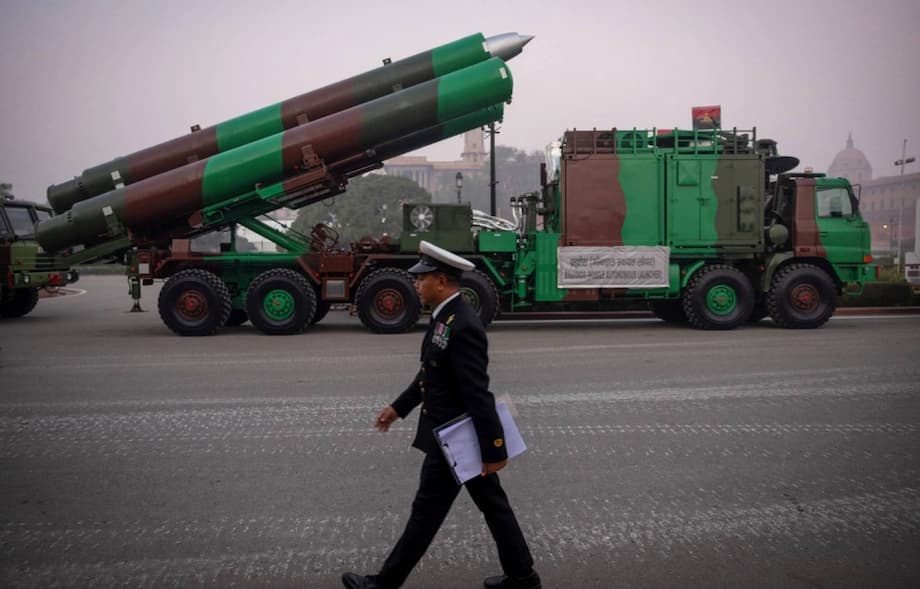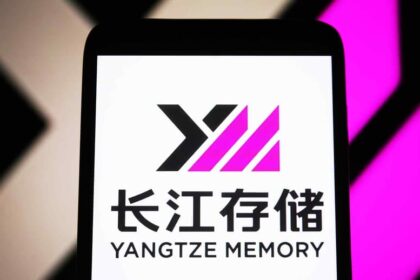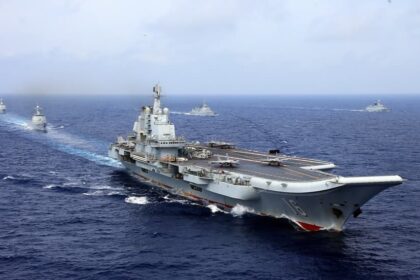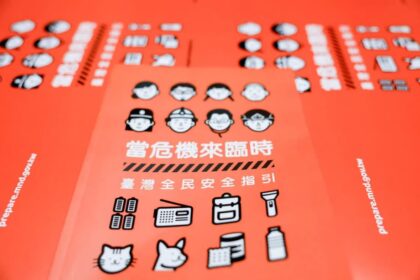Manila looks to Tokyo amid rising maritime tensions
The Philippines is accelerating defense cooperation with Japan as it races to modernize its forces and close key capability gaps with China in contested waters. Manila and Tokyo are moving from periodic training and equipment transfers to a fuller defense partnership that includes a new access pact, expanded exercises and deeper industrial collaboration. The goal is straightforward, improve maritime awareness, resilience and deterrence in the South China Sea and across nearby sea lanes while keeping the door open to diplomacy.
- Manila looks to Tokyo amid rising maritime tensions
- What the reciprocal access pact allows
- Hardware, technology and ship transfers on the agenda
- Toward deeper training, logistics and intelligence ties
- Why location matters
- Politics, history and the risk of escalation
- The US role and a growing network of partners
- Deliverables to watch in the next two years
- Key Points
At the center of the shift is a Reciprocal Access Agreement, or RAA, that both governments have approved and prepared to bring into force. The accord creates a legal framework for troops to deploy for training and exercises in each other’s territory, waters and airspace. It sets rules for jurisdiction, movement of equipment and the status of visiting forces. That legal clarity is crucial for the Philippines, whose 1987 constitution bars permanent foreign bases and long term troop presence, yet allows visits and training under treaties.
Manila’s equipment priorities align with Japan’s strengths. Philippine planners are targeting maritime radars, unmanned systems and shipbuilding support after years of underinvestment and steady pressure from Chinese coast guard and militia vessels around Philippine reefs and shoals.
Philippine military spokesperson Col. Francel Margareth Padilla said closer work with Japan fits the modernization drive and a broader push to expand joint activities and defense industrial ties.
We are looking into closer cooperation with Japan, as we see significant potential in this. We are particularly interested in Japan’s expertise in areas such as radar and unmanned systems, as well as shipbuilding.
Japanese defense minister Gen Nakatani framed the growing partnership as a practical response to a more dangerous environment in the East and South China seas. After a visit to the Philippines to launch a senior level strategic dialogue and new equipment talks, he underscored shared interests in regional stability.
The security environment is becoming increasingly severe, and it is necessary for our two countries, as strategic partners, to enhance defense cooperation and collaboration to maintain peace and stability in the Indo Pacific.
What the reciprocal access pact allows
The RAA opens the way for larger, more complex training in the Philippines and Japan, including live sea and air drills, amphibious training, air defense practice and advanced humanitarian and disaster response. Until now, Japanese participation in Philippine exercises was largely limited to disaster relief activities. The new access rules will allow a wider set of training scenarios that build interoperability and speed during real crises.
Japan already has similar accords with Australia and the United Kingdom. The Philippines agreement is its first with a Southeast Asian partner, a sign of how far relations have evolved since diplomatic normalization in 1956. The pact sits alongside the Philippines’ visiting forces agreement with the United States and a training arrangement with Australia, forming a network that supports quicker responses and smoother logistics without permanent foreign bases.
Hardware, technology and ship transfers on the agenda
Tokyo’s role as a defense supplier to Manila is expanding. Over the past decade, Japan financed and delivered multi role response vessels to the Philippine Coast Guard and supplied coastal surveillance radars. Manila was the first recipient of Japan’s Official Security Assistance, a new program that provides defense equipment to like minded countries to improve maritime domain awareness. Japanese loans are also funding five larger patrol ships now in the pipeline for the coast guard.
Officials are studying the transfer of up to six destroyer escorts from the Japan Maritime Self Defense Force, along with basic maritime patrol aircraft, for delivery as early as 2027 if Manila proceeds. Discussions include the possible transfer of Abukuma class escorts, commissioned in the 1990s, with upgrades tailored to Philippine needs. Japan has also agreed to provide rigid hull inflatable boats and additional coastal radar systems to strengthen coverage around key choke points and resupply routes in the West Philippine Sea.
These moves serve both countries. For the Philippines, they fill pressing gaps in surveillance, sea patrol and logistics while creating long term maintenance, training and sustainment pathways with Japanese industry. For Japan, they support a stable regional order and give defense manufacturers new markets and service contracts at a time when domestic demand can be unpredictable. Analysts note that Japanese firms can base some support work in the Philippines, which would build local skills and shorten repair timelines.
Capability shortfalls are severe. The China Coast Guard fields well over one hundred large patrol ships, which dwarfs the Philippine Coast Guard fleet of roughly two dozen major vessels. Air and maritime surveillance remains thin across a vast archipelago. Manila’s 15 year modernization program has begun to deliver upgrades, yet many platforms remain outdated and budgets tight. Partner backed radar networks, training for unmanned systems and more capable patrol vessels can produce quick gains while larger acquisitions move forward.
Toward deeper training, logistics and intelligence ties
Beyond platforms, Manila and Tokyo are wiring together the policy and practical tools that make cooperation work in a crisis. Defense leaders have launched a strategic dialogue between their militaries and agreed to expand joint and multinational training, port calls and information sharing. Japan, the Philippines and the United States have also built a trilateral channel to coordinate activities at sea and in the air, part of a broader push toward a network of allied and partner cooperation.
Two enabling agreements are in view. The first is a general security of military information agreement, or GSOMIA, which would allow the protected exchange of highly classified data between the Self Defense Forces and the Armed Forces of the Philippines. The second is a logistics pact that would let both sides provide each other with fuel, food and other supplies during exercises and contingencies. Japanese leaders are preparing for a summit that could lock in these steps and expand the use of Japan’s security assistance to the Philippines.
Why location matters
The Philippines and Japan sit at two ends of a strategic arc that runs from the South China Sea, past Luzon and Taiwan, to the Ryukyu chain. This geography shapes every discussion about deterrence, crisis response and escalation risks. Philippine bases in northern Luzon are close to Batanes, while Japan’s southwestern islands sit near Taiwan and the East China Sea. Training to move forces and coordinate sensors across this arc would speed response times and improve situational awareness if a crisis breaks.
In the South China Sea, Manila faces constant pressure around Second Thomas Shoal and Scarborough Shoal. Chinese coast guard and militia ships have routinely used water cannons and aggressive maneuvers to block Philippine resupply missions. A recent collision near Scarborough involved Chinese navy and coast guard vessels, and a Chinese helicopter reportedly flew within meters of a Philippine surveillance aircraft near the shoal. The 2016 ruling by an arbitral tribunal in The Hague favored the Philippines and rejected the expansive Chinese claim, yet incidents continue at sea.
Better radars, aircraft, and interoperable communications can help Philippine crews document and publicize coercive behavior, while combined patrols and coordinated exercises raise the risks for would be aggressors. Planners in Manila and Tokyo are also watching for spillover from any Taiwan crisis, given the proximity of Philippine and Japanese facilities to the Taiwan Strait. Joint training, standard operating procedures and compatible logistics are essential if either country needs to assist its ally, the United States, or to protect its own citizens and sea lanes during a fast moving contingency.
Politics, history and the risk of escalation
Closer defense ties have raised concerns at home and abroad. Some Philippine groups warn that greater foreign military activity could chip away at sovereignty. Lawmakers on the left have argued that expanded access for Japanese forces risks repeating past injustices and ignores wartime trauma. Others support cooperation but want stronger safeguards on visiting forces and stricter transparency for exercises and equipment transfers.
Japan’s policy makers point to seven decades of peace, democratic accountability and a defense posture focused on collective security. For supporters in Manila, the partnership reflects hard choices brought on by a harsher security climate, not an attempt to rewrite history. Even so, Beijing is likely to view the RAA and related steps as part of an effort to limit its influence. That perception carries the risk of tit for tat actions at sea that could fuel more dangerous encounters.
To avoid this, officials in Manila and Tokyo are coupling military cooperation with diplomatic outreach. Clear communication channels, crisis hotlines and regular coast guard talks can reduce miscalculation. Transparent exercises and public briefings about the purpose of deployments can reassure domestic audiences while signaling restraint to rivals.
The US role and a growing network of partners
Japan and the Philippines both have defense treaties with the United States. For decades, Washington’s hub and spokes alliances anchored security in the region. Today, those hubs are linking together. Manila has expanded access for US forces through the Enhanced Defense Cooperation Agreement, while Tokyo works more closely with the United States on missile defense, undersea tracking and logistics. By bonding US allies to one another, Manila and Tokyo reduce single point dependencies and create a more resilient network that can handle simultaneous challenges.
Australia is part of this convergence. It trains with both countries and has its own access pact with Japan. Joint drills that include coast guards, maritime law enforcement agencies and navies are becoming routine. These activities bolster maritime domain awareness, improve air and sea control during emergencies and signal collective resolve against coercion. Partners outside the region, such as the United Kingdom and South Korea, are also engaging more often, which broadens the pool of training opportunities and specialized capabilities available to Manila and Tokyo.
Deliverables to watch in the next two years
The RAA is slated to take effect soon, unlocking bigger and more frequent joint drills on Philippine soil and in Japanese training areas. Defense officials will likely announce the first major exercises under the new framework within months. Manila and Tokyo are moving toward a GSOMIA to handle classified data, followed by a logistics deal that enables mutual resupply during operations.
On equipment, the Philippines is reviewing the transfer of Japanese destroyer escorts and basic maritime patrol aircraft, with deliveries possible by 2027 if approvals and budgets align. Coastal radar deployments and rigid hull boats are advancing sooner. Japan’s security assistance and development loans are financing at least five new large patrol ships for the coast guard. As platforms arrive, attention will shift to training, maintenance, spare parts pipelines and local industry participation so that new assets stay mission ready.
Expect more multinational drills that bring in the United States and Australia, expanded information sharing across maritime and air domains, and a sharper focus on northern Luzon and Japan’s southwest islands. Manila’s modernization roadmap still faces budget constraints and competing priorities, yet the partnership with Japan has momentum and practical next steps that can deliver tangible gains at sea.
Key Points
- Manila and Tokyo are moving to activate a Reciprocal Access Agreement that allows deployments for training and exercises in each other’s territory, waters and airspace.
- The Philippines seeks Japanese expertise in radars, unmanned systems and shipbuilding to close surveillance and patrol gaps in the South China Sea.
- Japan’s defense minister and the Philippine defense secretary launched a strategic dialogue and agreed to expand joint training, port calls and information sharing.
- Tokyo has supplied coastal radars and patrol vessels, and is discussing the transfer of destroyer escorts and basic maritime patrol aircraft to the Philippine Navy.
- Japan’s Official Security Assistance and development loans are funding new coast guard cutters and maritime domain awareness projects.
- A GSOMIA for classified intelligence and a logistics agreement for mutual resupply are expected next, deepening day to day cooperation.
- Incidents around Second Thomas Shoal and Scarborough Shoal continue, underscoring the need for better sensors, communications and coordinated patrols.
- Domestic critics in the Philippines raise sovereignty and historical concerns, while China may see the pact as containment, raising escalation risks.
- The partnership fits a shift from a single hub model to a network of US allies and partners, including Australia, working together more often.
- First large exercises under the RAA could arrive within months, while potential ship transfers are under review for delivery by 2027.












